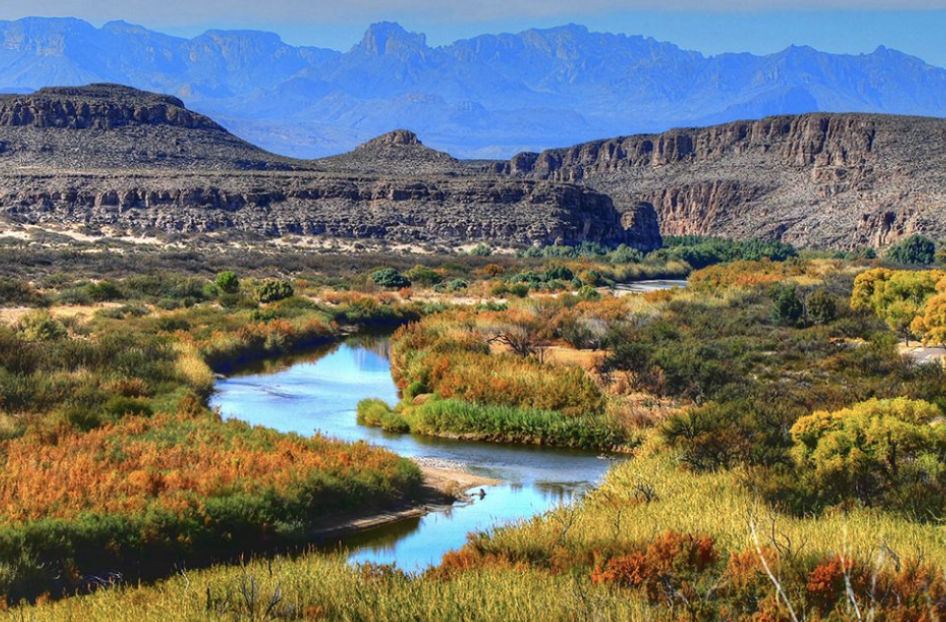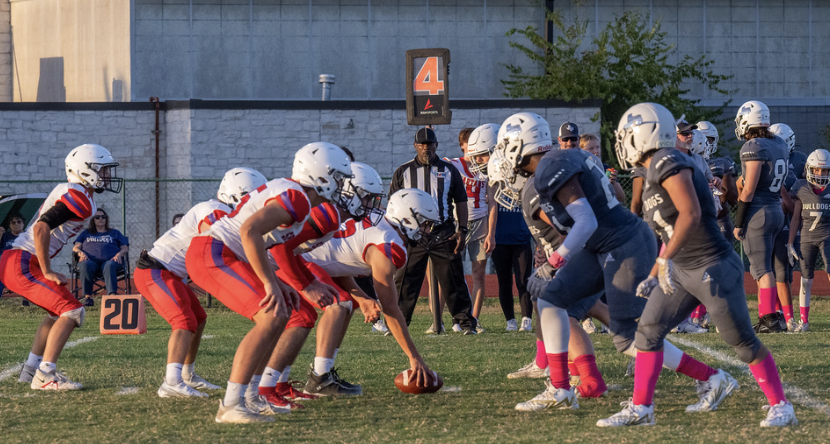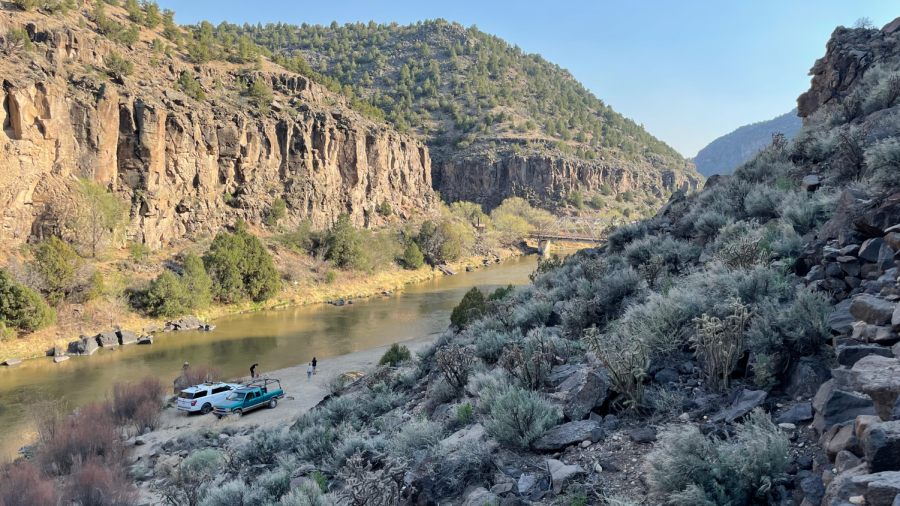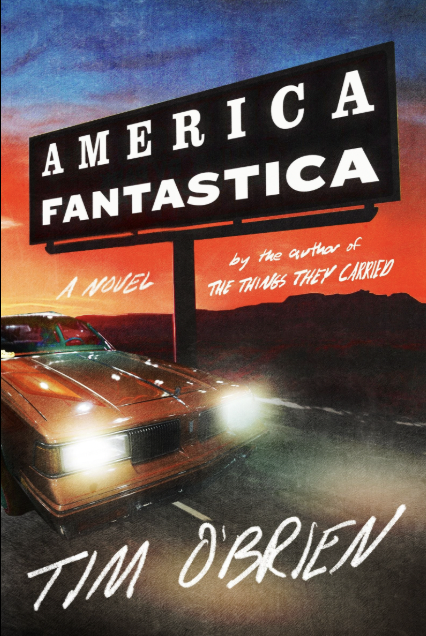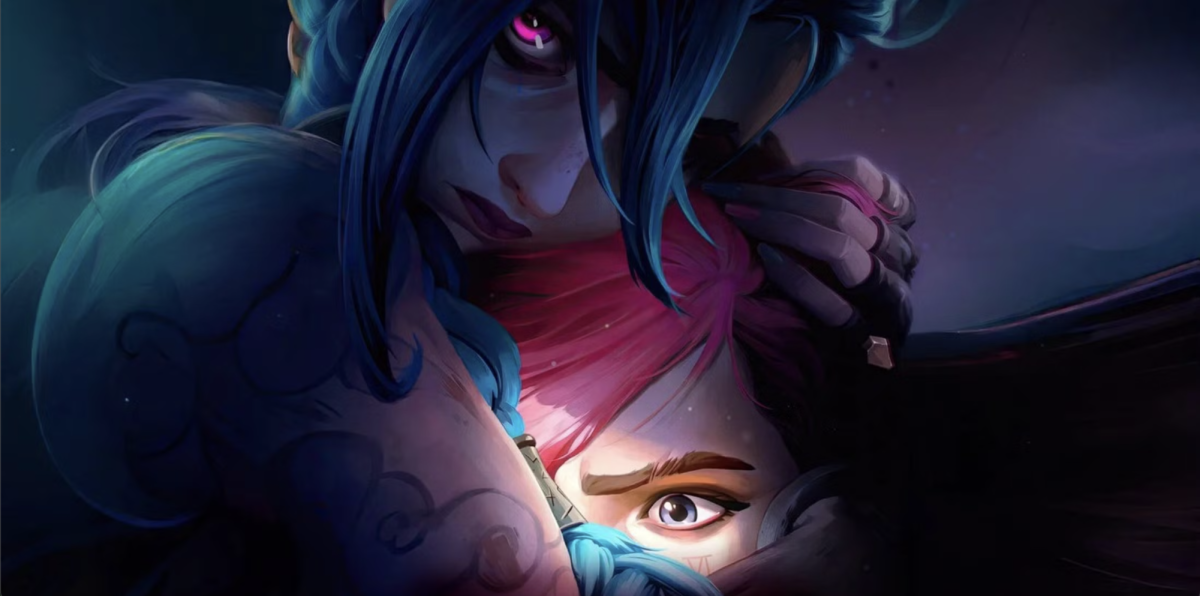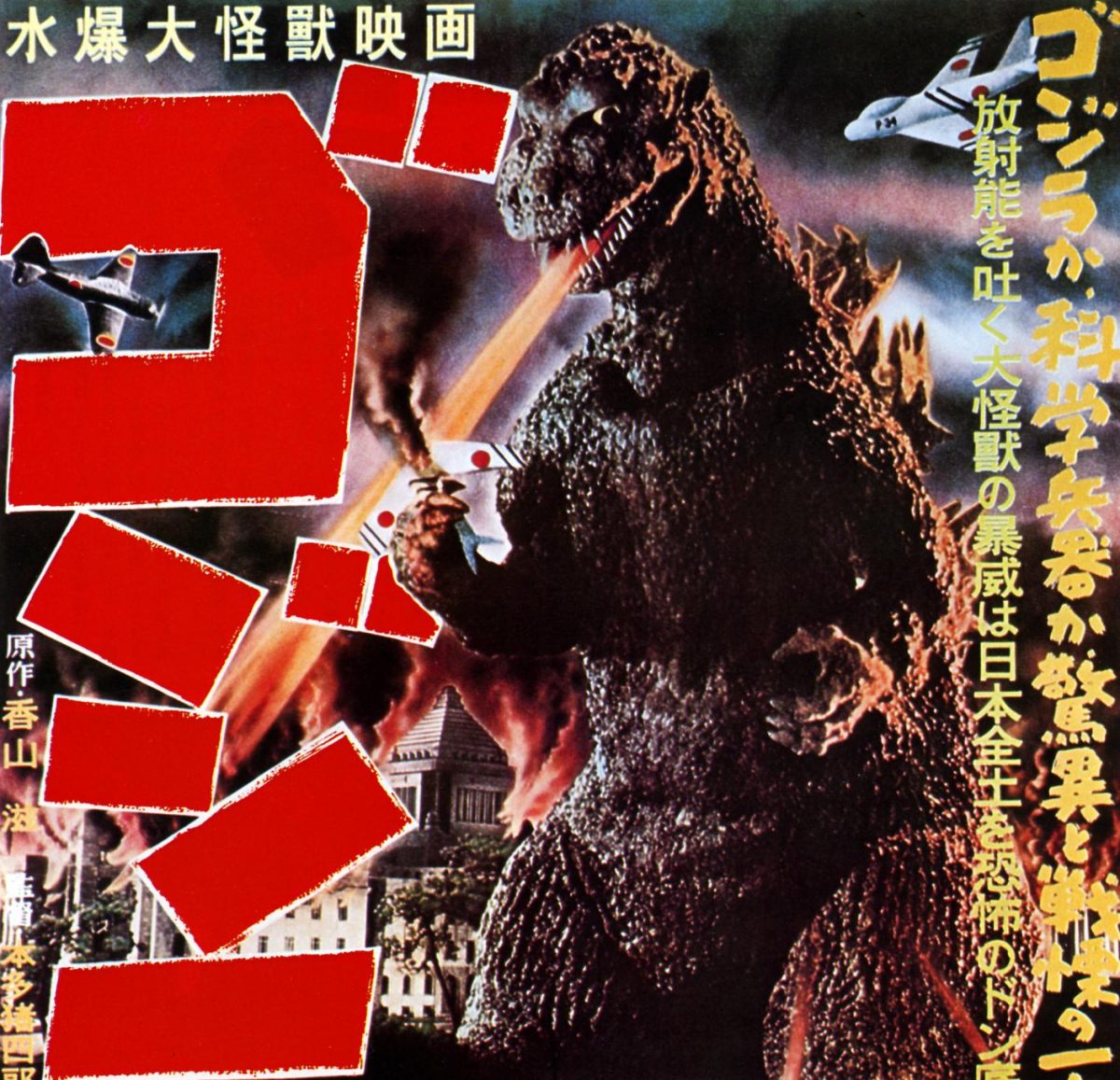One of my biggest pet peeves in life is when someone asks to separate art from politics. Whether intentional or not, politics, someone’s life, and historical events inevitably seep into an artists’ work. Whether it’s the shift away from terrorists as villains in a directly post 9-11 America, or a rise in less structured or traditional film after Musollini lost power in Italy, the culture and politics of a region are bound to show in film. I don’t know if this has ever been more obvious than 1954’s Japanese box office hit “Godzilla.”
Although now Godzilla is better known as the badass lizard monster that can flatten cities with his breath, and his battles against skyscraper sized apes, the original 1954 movie is much more centered on the people of the story. Godzilla Minus One, produced by the same original company Toho, returns to this format. The movie follows a Japanese Kamikaze pilot who fled his duty in the final days of the war, and throughout the movie he develops a deeply personal relationship to the massive lizard we all know and love. Godzilla becomes a walking, destructive symbol of his guilt and cowardice that he feels for abandoning his duty, even years after. The movie leans into the culture of Japan of the time, a hyper militaristic culture founded on respect and duty, starts to struggle after such a brutal war. The main character is shunned by his peers for abandoning his duty, and the only ones able to understand are the fellow veterans. Godzilla becomes a way for him to prove himself, that he could be more than just a coward, but time and time again the monster seems too great to handle, an insurmountable odd that only gets larger and more powerful with each victory, can still be defeated by the good of humanity. Godzilla minus one, more than anything, is a story about human worth, human perseverance, and the human ability to hold onto hope against impossible odds.
And its got a really cool monster to go with it.

Another modern retelling of Godzilla, Shin Godzilla, follows the original critique and destructive nature of godzilla. Shin Godzilla takes on an almost lovecraftian nature, grotesque and disgusting, as he waddles his way through the streets of Japan, evolving and growing more and more destructive as the government is unwilling to do anything about it, wrapped upon itself in layers of bureaucracy and incompetence. Although perhaps less obvious than the original walking nuclear bomb of godzilla, Shin godzilla is a metaphor for the Fukushima Nuclear power plant meltdown. A massive disaster in 2011 – when a hurricane and tsunami knocked out a japanese power grid, leaving the plant without electricity to monitor the radiation and contain any leaks. Although it wasn’t nearly as destructive as something like a nuclear bomb, poor planning and evacuation protocols by the Japanese government led to at least 51 casualties, with many more long-lasting health or psychological damages.
On the other end of the Spectrum, Godzilla x Kong, produced by the American company Legendary Entertainment, doesn’t warn of any government misdoings or serve as a symbol of guilt. Instead, it’s about a giant badass lizard who blows things up and fights evil monsters with his relatable gorilla buddy. It has its place too.



